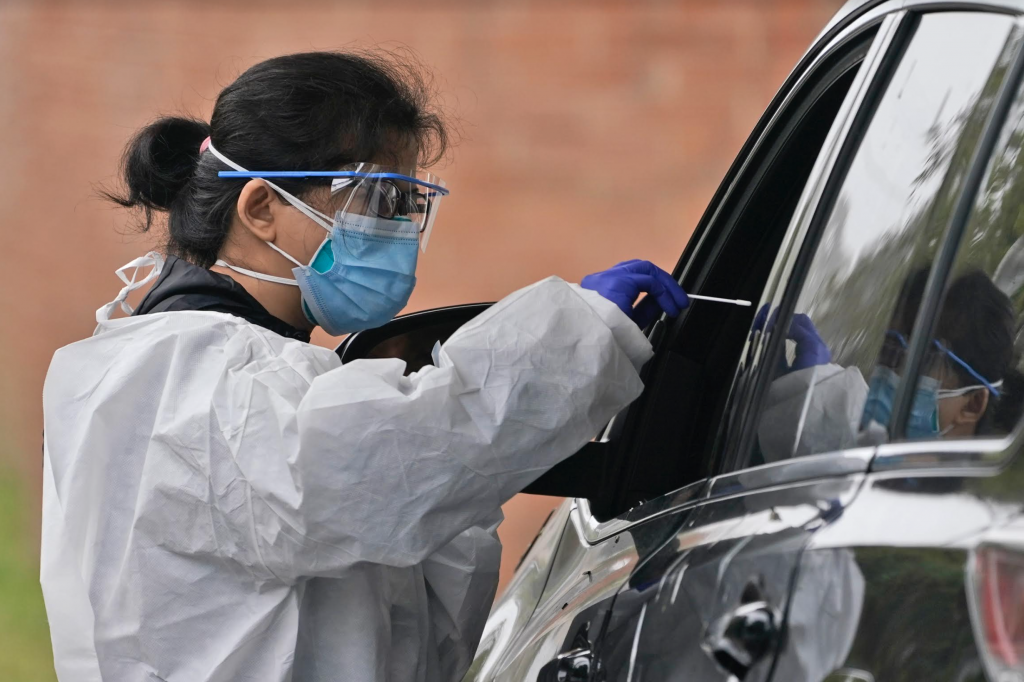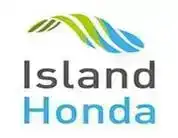Who are the economic winners and losers of all the COVID-19 PCR testing?

A new report describes how the federal government’s response to the COVID-19 pandemic created a perfect storm in which private laboratories could earn huge profits from PCR testing while insurance companies could pass those lab fees on to customers through higher health care premiums.
The report, by a team of researchers that included three economists from the University of Hawaiʻi at Mānoa, was published June 9 in the Journal of General Internal Medicine.
The two major components of the federal government’s pandemic response — the Families First Coronavirus Response and the CARES acts — required commercial insurance plans to cover COVID-19 testing costs without any cost-sharing for patients, and did not limit what labs could charge.
“In many concentrated insurance markets such as Hawaiʻi, insurers have few incentives to negotiate lower prices,” said report co-author Tim Halliday, a UH Mānoa’s economic professor and UH Economic Research Organization research fellow. “They can easily pass these costs onto premiums without losing market share.
“The financial consequences of high profit for testing providers are borne by plan sponsors and will likely result in higher insurance premiums other things equal, passing the burden to patients.”
Using unique Hawaiʻi taxation data on monthly sales, the group analyzed how the COVID-19 pandemic affected the revenue and profitability of independent laboratories. The results showed that private laboratories’ revenue followed the volume of PCR tests performed in the state in lockstep. Between May and December 2020, the monthly growth rate of revenue was 8% on average. The researchers estimate that profits per PCR test were at least $10, but the actual number is likely far greater.
“The COVID-19 testing pricing policies are as if designed to channel money from taxpayers, employers and workers to testing facilities and insurance companies,” said co-author Ge Bai, health policy and management professor at Johns Hopkins Bloomberg School of Public Health. “This study revealed key problems affecting the efficiency of the U.S health care system, namely, rigid government rate-setting, price insensitivity of consumers, and misaligned incentives of insurance companies.
“It highlights an opportunity for policymakers to improve the affordability of healthcare services by focusing on addressing these problems.”
According to the researchers, examples of issues that contribute to this situation include:
- The Medicare program that sets a static payment rate at $51 per test, which substantially exceeds the cost and fails to reflect the economies of scale.
- The Families First Coronavirus Response prohibited cost-sharing, thus taking away insurance companies’ ability to steer patients away from expensive labs.
- The CARES Act encourages out-of-network labs to set high prices.
Other team members who contributed to the report:
- Cara Tan, undergraduate researcher in the Department of Economics in UH Mānoa’s College of Social Sciences
- Ruben Juarez, economics professor in UH Mānoa’s College of Social Sciences and UHERO research fellow
- Seth Colby, tax research and planning officer, Hawaiʻi State Department of Taxation










